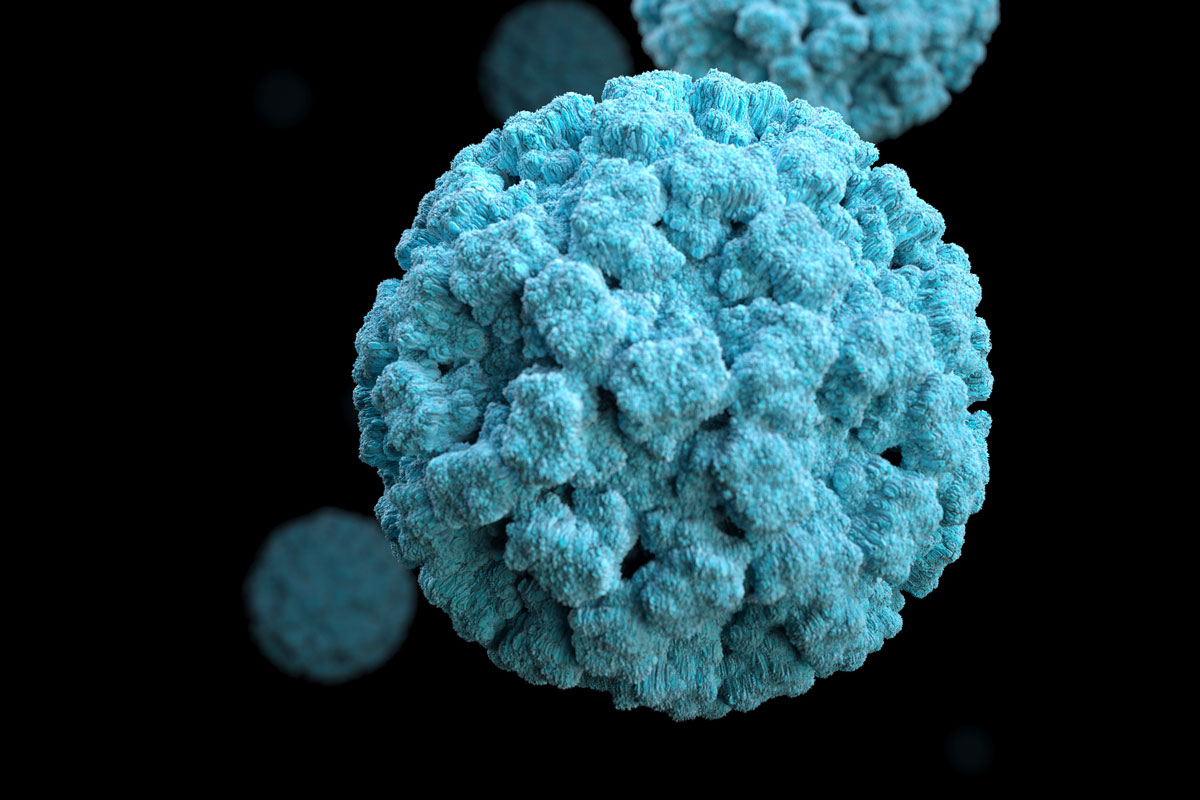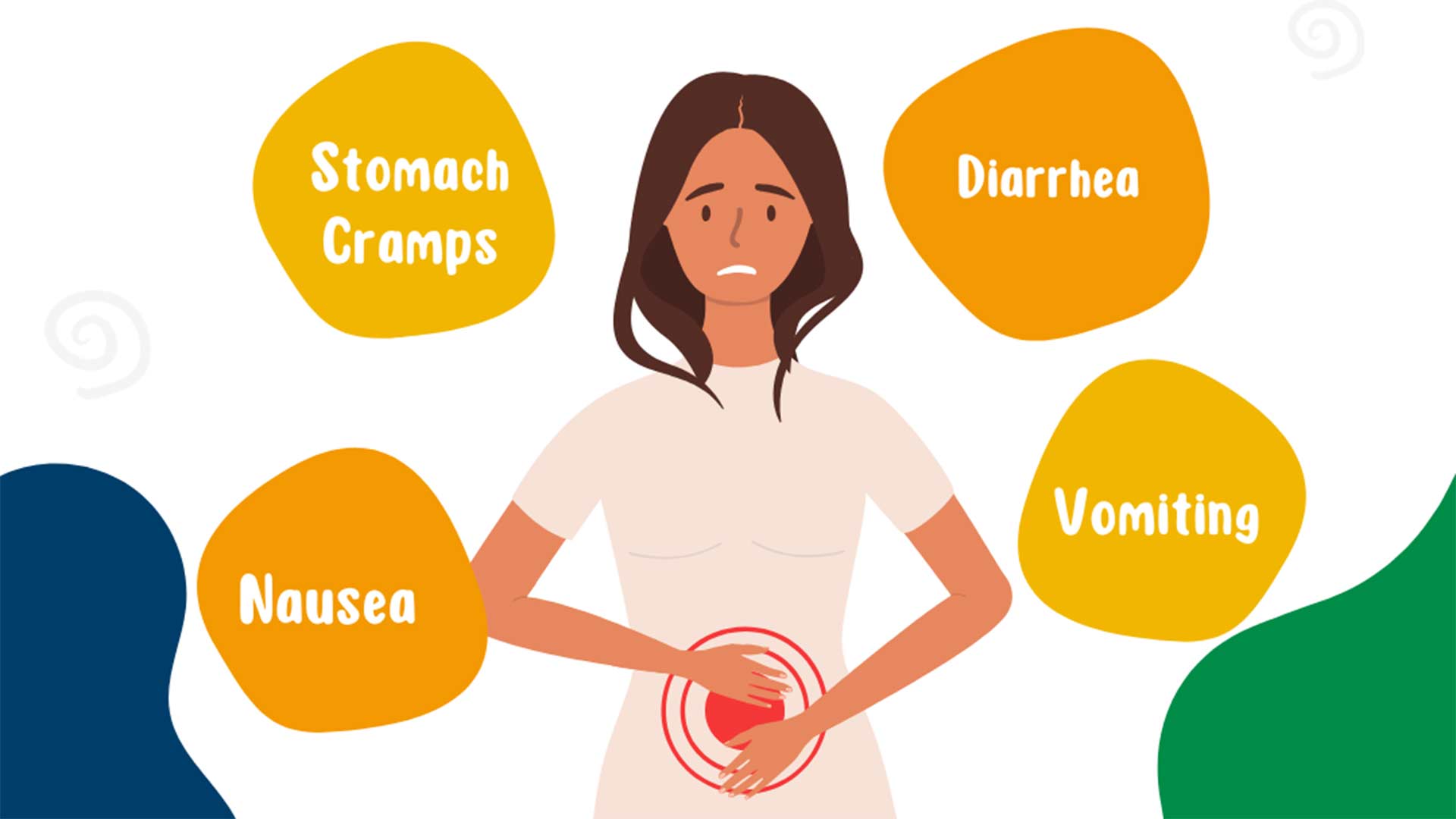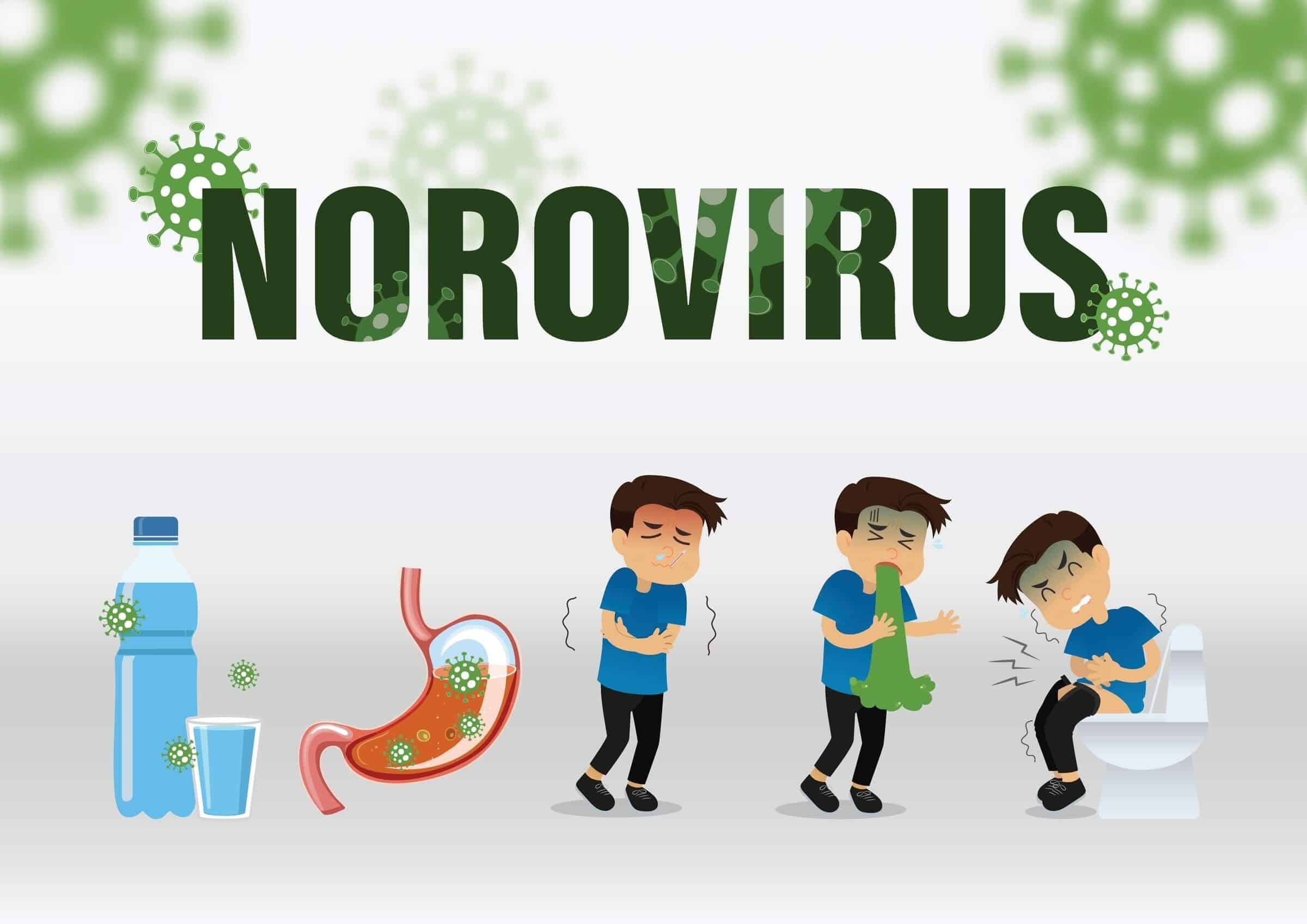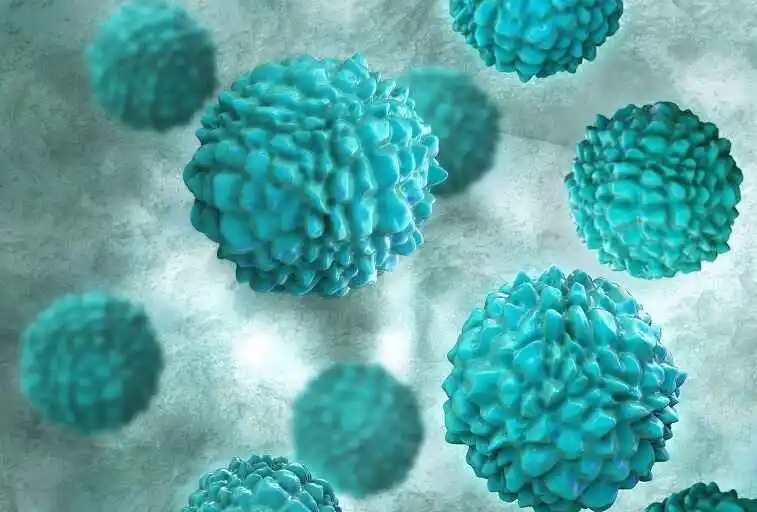Amid a landscape of infectious agents, norovirus emerges as a highly contagious virus notorious for its association with gastroenteritis—commonly known as the “stomach flu” or “stomach bug.” Characterized by symptoms such as vomiting and diarrhea, norovirus poses a global public health challenge, affecting millions annually and standing as the leading cause of foodborne illness outbreaks. Its rapid spread through contaminated food, water, surfaces, and person-to-person contact underscores the urgency in understanding how norovirus operates and the significance of robust prevention measures.
This article aims to enlighten readers on the critical aspects of norovirus, from its biology and transmission pathways to practical prevention strategies and effective treatment protocols. By dissecting the virus’s behavior and impact, particularly how long norovirus lasts, and deliberate on norovirus treatment options, we endeavor to equip individuals with the knowledge to shield themselves from this pervasive “stomach virus.” Furthermore, understanding the specifics of norovirus symptoms and the steps to prevent norovirus are vital to mitigate the risk and manage the potentially severe consequences of dehydration and hospitalization associated with this relentless “stomach infection.”
Understanding Norovirus

Norovirus, often labeled as the “winter vomiting bug,” is notorious for causing acute gastroenteritis, marked by symptoms such as vomiting and diarrhea. This virus is the primary culprit behind inflammation of the stomach and intestines, leading to substantial discomfort and potential health risks. It is imperative to recognize that norovirus is not just a singular entity but comprises multiple strains, with GII.4 noted as the most prevalent. Unfortunately, immunity to one strain does not guarantee protection against others, and genetic factors may influence an individual’s susceptibility to infection.
The virus exhibits a seasonal pattern, with outbreaks peaking between November and April in the northern hemisphere. These outbreaks are not confined to any one setting, occurring in schools, daycares, hospitals, and cruise ships, among other places. The widespread nature of norovirus is evident in the estimated 685 million cases it causes annually across the globe. These cases have a pronounced impact on healthcare systems, with hospitalizations and emergency visits, especially among vulnerable populations such as young children and the elderly.
Current research efforts are focused on developing vaccines to combat norovirus; however, none are available to date. The absence of a vaccine underscores the importance of understanding how norovirus spreads and the implementation of preventive measures to control its transmission.
Global Impact: Norovirus causes approximately 685 million cases worldwide each year, with a significant burden on healthcare systems.
Seasonality: Outbreaks are more common from November to April, affecting various communal settings.
Strain Diversity: Multiple strains exist, with GII.4 being the most common, and immunity to one does not ensure protection against others.
Vulnerability: Young children and adults over 65 are particularly at risk for severe outcomes from norovirus infection.
Vaccine Research: Ongoing studies aim to develop vaccines, but currently, there are no available options for norovirus prevention.
Read : Dengue Fever: Symptoms, Treatment, and Home Remedies
Signs and Symptoms of Norovirus

Individuals infected with norovirus typically experience a constellation of symptoms that manifest between 12 to 48 hours following exposure. The duration of these symptoms generally spans 1 to 3 days. Key indicators of a norovirus infection include:
Gastrointestinal Distress:
- Diarrhea: Frequent, watery bowel movements that may lead to dehydration.
- Vomiting: Forceful expulsion, contributing to the risk of dehydration.
- Nausea: Discomfort that often precedes vomiting.
- Stomach Pain: Cramps or aches in the abdominal area.
Additional Symptoms:
- Fever: Elevated body temperature may accompany the infection.
- Headache: Persistent pain in the head region.
- Body Aches: Generalized discomfort and muscle pains.
Dehydration Risks and Signs:
- Particularly in young children, older adults, and those with other illnesses, dehydration is a serious concern.
- Symptoms indicative of dehydration include:
- Decreased urination.
- A dry mouth and throat.
- Dizziness upon standing.
Recognizing these symptoms promptly can be crucial in managing the effects of norovirus and preventing its spread. Hydration is a critical component of self-care for those experiencing the “stomach bug.”
Transmission and Risk Factors

Norovirus, an exceptionally contagious pathogen, is transmitted primarily through direct contact with an infected individual. This can occur in various ways:
Direct Contact Transmission:
- Caring for someone with norovirus.
- Sharing food or eating utensils.
- Consuming food prepared by an infected person.
Indirect Contact Transmission:
- Contact with contaminated surfaces or objects, with the virus capable of surviving for several days outside the body.
- Touching surfaces and then touching the mouth without washing hands.
Contaminated food and water serve as common vehicles for norovirus:
Food and Water Contamination:
- Food handled with bare hands by an infected person.
- Placement of food on contaminated surfaces.
- Spray from vomit landing on food items.
- Use of contaminated water in food production.
The risk of norovirus infection increases in environments where close contact is unavoidable:
High-Risk Environments:
- Schools and daycare centers.
- Nursing homes and healthcare facilities.
- Cruise ships and shared accommodation settings.
Infectiousness peaks during the acute phase of symptoms and can extend slightly before and after this period, emphasizing the need for heightened precautions during these times. Understanding how norovirus spreads and the associated risk factors is crucial to implementing strategies to prevent norovirus and safeguard public health.
Prevention Strategies

To reduce the transmission of norovirus and protect public health, adherence to the following prevention strategies is essential:
Hand Hygiene:
- Wash hands meticulously with warm, soapy water for at least 20 seconds, particularly after using the restroom, changing diapers, and before preparing or consuming food.
- Handwashing is more effective than hand sanitizers, which are less effective against norovirus.
Surface Disinfection:
- Employ a bleach-based household cleaner to disinfect surfaces that may be contaminated with norovirus.
- Pay special attention to disinfecting surfaces following an illness episode.
Food Safety:
- Shellfish, such as oysters, should be thoroughly cooked to an internal temperature high enough to kill norovirus.
- Rinse fruits and vegetables under running water before consumption.
- Refrain from preparing food for others while experiencing symptoms and for at least three days after symptoms cease.
Environmental Precautions:
- Utilize disposable plates, utensils, and cups for those who are ill to prevent the spread of the virus.
- Close the toilet lid prior to flushing to minimize the dispersion of norovirus particles into the air.
Personal Protective Measures:
- When caring for someone with norovirus, wear disposable gloves, a mask, and goggles during cleanup.
- Wash contaminated clothing and linens with hot water and bleach, if possible, and machine dry on the highest heat setting.
These measures, when implemented consistently, can significantly curtail the spread of norovirus and protect individuals from this highly infectious stomach virus.
Treatment and Management
While there is no specific medicine to cure norovirus, the cornerstone of treatment is symptom management, primarily to prevent dehydration. The following points outline the key management strategies:
Hydration and Rehydration:
- Oral Rehydration Solutions (ORS): Specially formulated to replace fluids and electrolytes, ORS are recommended for managing mild dehydration.
- Fluid Intake: Drink plenty of liquids, such as water, broth, or caffeine-free sports drinks, to maintain hydration levels.
- Avoid Certain Drinks: Caffeinated, sugary, and alcoholic beverages can worsen dehydration and should be avoided.
Symptom Management:
- Over-the-Counter (OTC) Medications:
- Antiemetics: May be used to alleviate nausea and vomiting.
- Analgesics: Help relieve body aches and headaches.
- Anti-Diarrheal Medications: Can be considered for severe diarrhea, but caution is advised as they may prolong the infection in some cases.
- Rest: Adequate rest is essential to aid the body’s recovery process.
Medical Intervention for Severe Cases:
- Hospitalization: Required for intravenous fluids to treat severe dehydration.
- Monitoring: Close observation for signs of worsening dehydration or other complications.
It is important to seek medical attention if symptoms persist or if signs of dehydration, such as significantly decreased urination, dry mouth and throat, or dizziness, become apparent. For infants and young children, who are more vulnerable to the effects of dehydration, ORS are particularly beneficial to replace lost fluids and electrolytes.
Conclusion
As our journey through the intricacies of norovirus concludes, we come away with a fortified understanding of its pathology, symptoms, and the paramount importance of preventative measures. From diligent handwashing to cautious food preparation, the strategies laid out serve as armor against this virulent adversary. The significance of individual responsibility in mitigating norovirus spread cannot be overstated, as each person’s actions contribute to a larger network of public health safety.
In the shadow of no current vaccines, the collective efforts in hygiene and caution remain our most robust defense, allowing us to protect not just ourselves but those in our care from the far-reaching impact of norovirus. As we continue to navigate the risks posed by this pervasive virus, let’s remain vigilant and informed, always ready to adapt our defense to its unpredictable nature. For more in-depth guidance on protecting against norovirus, explore further insights and resources available here, ensuring your preparedness in the face of this relentless infection.
FAQs
How can I protect myself from norovirus?
To defend against norovirus, the Centers for Disease Control and Prevention recommends five key practices:
- Wash your hands thoroughly with soap and water, especially after using the restroom and before eating or preparing food.
- Rinse fruits and vegetables well and ensure seafood is cooked thoroughly.
- Avoid preparing food or caring for others if you are feeling unwell.
- Disinfect surfaces that may be contaminated with the virus.
- Launder potentially contaminated clothing and linens with extra care.
What steps can be taken to prevent a norovirus outbreak?
To prevent a norovirus outbreak, you should:
- Clean and sanitize surfaces in the kitchen and objects that are frequently touched using a chlorine-based cleaner or another sanitizer that the Environmental Protection Agency has approved for fighting norovirus.
What measures can be implemented to reduce the risk of norovirus transmission?
To manage the risk of norovirus transmission:
- Stay away from work or school for at least 48 hours after symptoms have ceased.
- Refrain from visiting hospital patients during this period.
- Regularly and thoroughly wash your hands with soap and water, particularly after using the bathroom and before preparing or handling food.
Is it possible to be immune to norovirus?
Regarding immunity to norovirus:
Some individuals have genetic resistance to certain strains of norovirus. Specifically, about one in five persons of European descent carry a mutation in the FUT2 gene, which provides protection from the most prevalent norovirus strains (G. II. 4).


